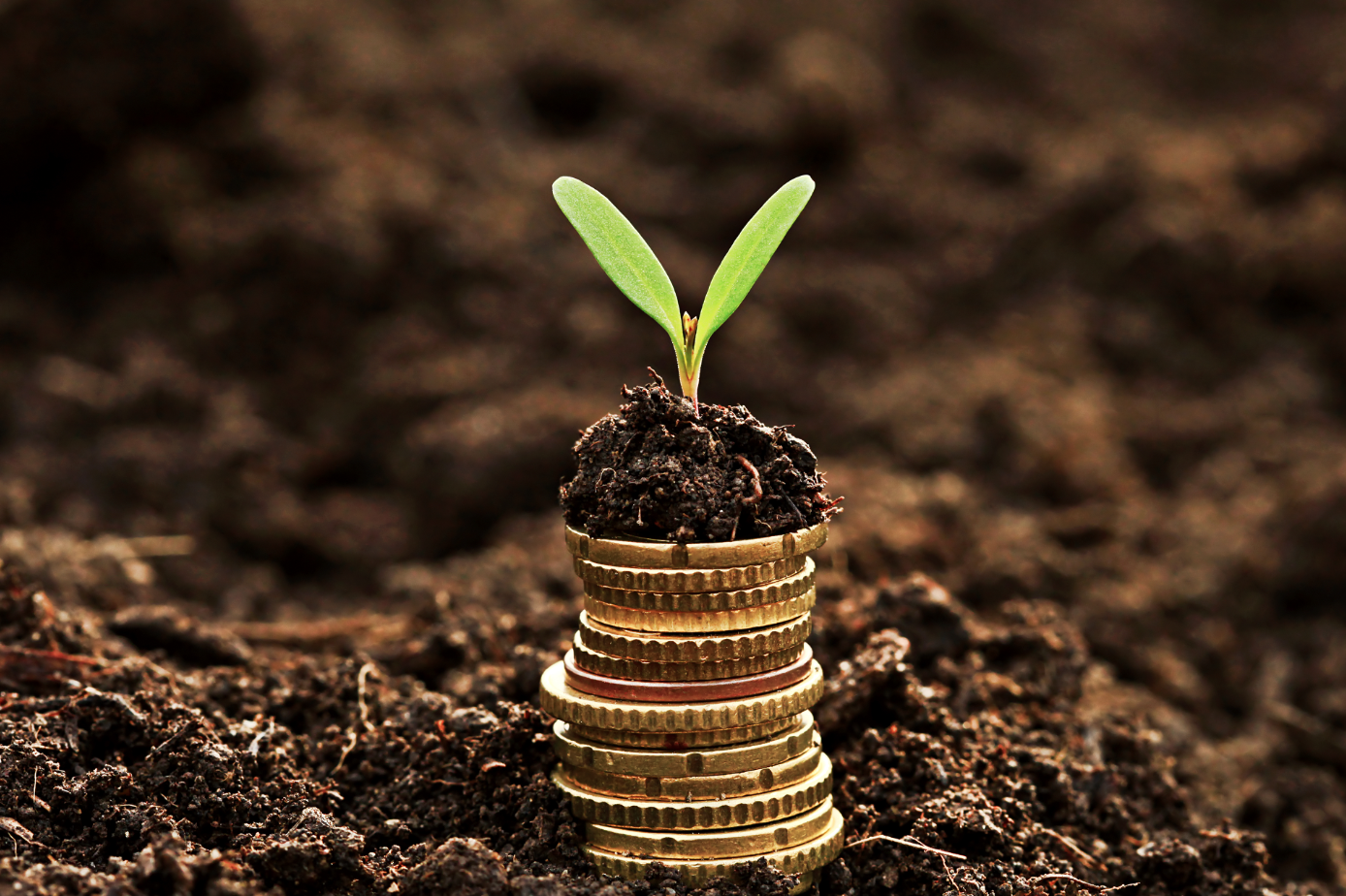6 must know image optimization tips for better performance

Do you have a website or blog? Are you using images on your site? If not, you’re missing out on a huge opportunity to engage and connect with your audience.
Did you know that images can account for up to 60% of the bytes used on a web page? That’s a lot of data! And, if your images aren’t optimized for performance, it can negatively impact the loading time of your pages. In this post, we’ll share 6 must-know image optimization tips to help you improve the performance of your websites and blogs. Let’s get started!
1. Choose the right file format
Images are an important part of any website. They can help improve the user experience, make a website more visually appealing, and help with SEO. However, if they are not optimized correctly, they can slow down your website and hurt your SEO efforts.
There are three main types of image file formats: JPEG, PNG, and GIF. Each one has its own advantages and disadvantages.
JPEGs are the most common type of image file format. They are best suited for photographs or images with lots of detail. The downside to JPEGs is that they can be large in size, which can slow down your website.
PNGs are a newer type of image file format. They are best suited for images with fewer colors, such as logos or illustrations. PNGs are smaller in size than JPEGs, so they will not slow down your website as much. However, they do not support animation like GIFs do.
GIFs are best suited for images that need to be animated, such as logos or buttons. They can also be used for small images with few colors. The downside to GIFs is that they can be large in size and slow down your website.
When choosing the right file format for your images, you should consider the type of image you are using, the size of the image, and the speed of your website. If you are unsure which file format to use, you can always ask a web developer or designer for help.
2. Use the correct dimensions
When it comes to image optimization, one of the first things you need to do is ensure that your images are the correct dimensions. This means ensuring that they are not too large or too small for the space they will be filling.
If your images are too large, they will take up too much space on your website and slow down loading times. If they are too small, they will appear pixelated and low quality. Neither of these options is ideal, so it is important to get the dimensions right.
There are a few different ways you can go about finding the correct dimensions for your images. One option is to use an image editing program like Photoshop or GIMP to resize your images. Another option is to use a free online tool like PicResize.
Once you have the dimensions for your images, the next step is to optimize them for the web. This means saving them in the correct file format and compressing them so that they take up less space.
To compress your images, you can use a free online tool like TinyPNG and Watermarkly. Simply upload your image and let the tool do its job. Once it’s finished, you can download the optimized version and use it on your website.
Following these steps will help you ensure that your images are properly optimized for the web. This will help improve loading times and make sure your visitors have a positive experience on your site.
3. Compress your images
It’s no secret that images can make or break a website. They can be the difference between a user staying on your site or moving on to another. That’s why it’s important to optimize your images for the web. And one of the best ways to do that is by compressing them.
Compressing images can help you save on storage space and loading times. It can also help you improve your website’s SEO. Here are some tips on how to compress your images for better optimization:
– Use a tool like Photoshop or Visualwatermark to save your images in a web-friendly format like JPEG or PNG.
– Reduce the file size of your images without compromising quality by using a tool like ImageOptim or Kraken.io.
– Use a content delivery network (CDN) to serve your images from multiple locations around the world. This will help reduce loading times for users who are far from your server.
– Enable gzip compression on your website. This will compress your images and other files before they are sent to the user’s browser, which can help reduce loading times.
Following these tips will help you compress your images for better optimization and improve your website’s performance. So don’t wait any longer, start compressing your images today!
4. Optimize your images for web
If your images are not optimized for the web, they can slow down your site and make it difficult for visitors to view.
There are a few things you can do to optimize your images for the web.
First, make sure that your image is the right size. If it is too large, it will take longer to load.
Second, use a file format that is suitable for the web such as JPEG or PNG.
Finally, compress your image to reduce its file size.
5. Add alt text to your images
One of the important part of optimization is adding alt text to your images. Alt text is a short description of an image that helps search engines understand what the image is about.
Adding alt text to your images is easy and only takes a few seconds. First, find the image you want to add alt text to. Then, click on the image and select “Edit.” A box will pop up where you can enter your alt text. Make sure to keep your alt text short and descriptive.
That’s all there is to it! By taking these simple steps, you can make a big impact on your website’s optimization. So don’t wait any longer, follow the above steps to optimize your images today!




